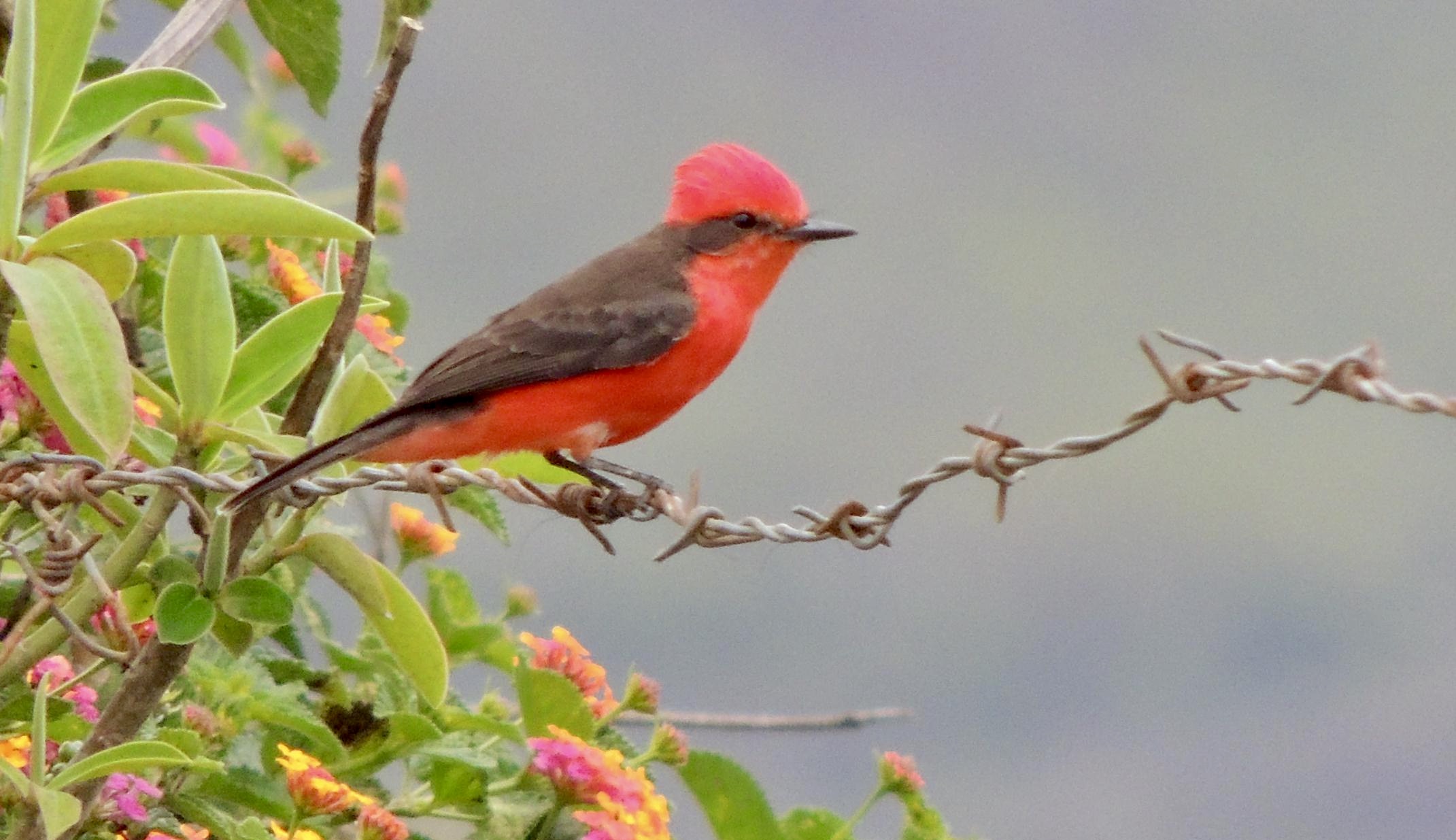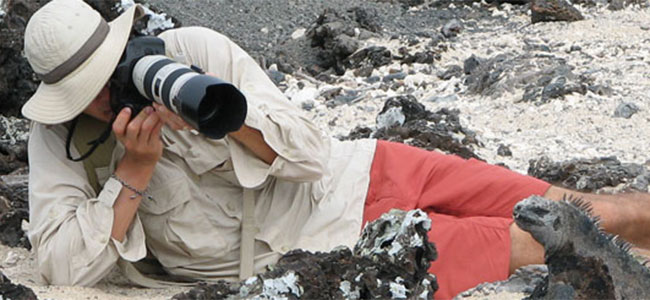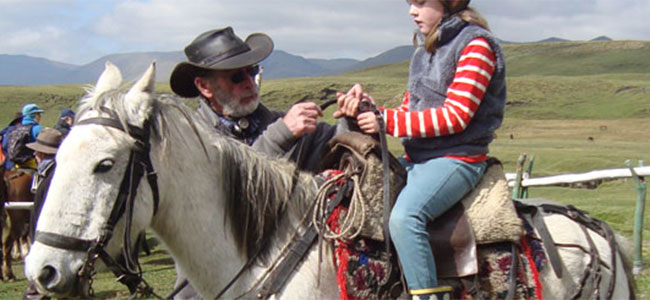Back Garden Bird-watching Tips for Beginners
One of the big positives that has come out of the current coronavirus crisis has to be having more time to stop and appreciate nature. During lockdown Emma has discovered things going on in her back garden that she previously had no idea about. Our latest blog has some great tips to help you bird-watch in your backyard.

Under lockdown in Quito we’ve had so much more time to really observe the antics of the birdlife in our back garden.
Cheeky sparrows nesting in our bamboo hedges have been fascinating to watch as they bring up their young. Although I was left shocked when I learnt that the little cowbird who had just innocently hopped along into the bamboo was probably now laying her eggs in one of the sparrow’s nests too. Who’d have thought this sort of thing was going on in my backyard!
Birdwatching is big in Ecuador and at Original Ecuador we often run birding trips for avid “twitchers”. Not surprising when the country has close to 1700 bird species.
Fancy doing a bit of birdwatching in your back garden during lockdown? Follow our top tips to get the best out of your birdwatching experience:
1. The best time to bird-watch is early morning or late afternoon. This is when birds are generally more active, so easier to spot.
2. Stay quiet, move slowly, wear natural coloured clothes to blend in with your surroundings and be patient.
3. Look in bushes, in trees, on tree tops, along walls, wires and fences. If you are near water, check the water surface or along the banks and shore.
4. Listen for bird song, look for movement in vegetation.
5. Binoculars will really help you get a good look at the birds so it will be much easier to identify them. Try to find the bird with your naked eye first, then try and spot it through your binoculars. You can also use your binoculars to scan an area to see if you can spot anything.
6. Get into a position where you are not against the light if you can. Getting greenery behind the bird as you are looking at it will really help you pick out the bird’s features.
7. To help identify the bird species you should be making a note of bird size, shape and colour of beak, colour of legs, eye colour, colour of plumage, any special features or markings like eye rings, wing bars, crests, etc.
8. Behaviour is also important to note. Where did you see the bird? How was it behaving?
9. Bird song is a great way to confirm bird ID – if you can record the bird song this will really help in confirming what you have seen. Also a camera with a good zoom to take photos.
10. With all this info there are great apps which can help you to identify species such as Merlin Bird ID.
We live in Tumbaco, on the outskirts of Quito. You can see some of the species on our back-garden bird list in the photos below, including the cheeky (and super common) Rufous Collared Sparrow and the not so innocent (although I suppose it’s not her fault) Shiny Cowbird.
Contact us using the form below if you would love to visit Ecuador for a spot of bird-watching and we can send you some suggestions.







